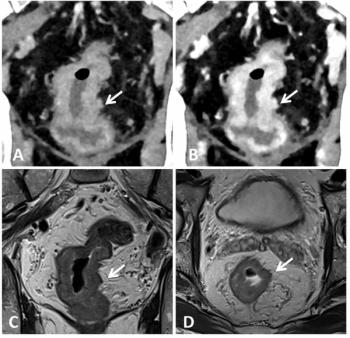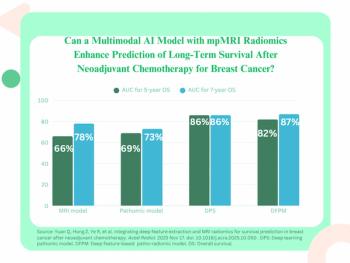
MSCT matches cardiac MRI for emergency myocardial infarction assessment
Multislice CT is just as accurate as MRI in assessing myocardial infarct size in an emergency setting, according to a recent study conducted by researchers in France and the U.S. The latest data validate previous findings suggesting delayed-enhancement myocardial CT correlates well with measures of infarction size done with cardiac MR.
Multislice CT is just as accurate as MRI in assessing myocardial infarct size in an emergency setting, according to a recent study conducted by researchers in France and the U.S. The latest data validate previous findings suggesting delayed-enhancement myocardial CT correlates well with measures of infarction size done with cardiac MR.
Infarct size is one of the most important predictors of long-term left ventricular function in patients with an acute myocardial infarction. Imaging of myocardial infarct size in the emergency setting remains challenging, however. Current imaging gold standards - delayed-enhancement MR and nuclear medicine studies - are difficult to perform in unstable patients.
MSCT's speed and simplicity even at the acute phase led researchers to determine whether it could do equally as well or better than MRI, said principal investigator Dr. Loic Boussel, a radiologist at the VA Medical Center in San Francisco.
Boussell and colleagues at the Université Claude Bernard in Lyon enrolled 19 patients with acute myocardial infarction who underwent delayed-enhancement MSCT immediately after coronary angioplasty and delayed-enhancement MRI within eight days of angioplasty.
The investigators found that delayed-enhancement MSCT allows accurate visualization of early myocardial contrast uptake compared with delayed-enhancement MRI and does not require an additional contrast injection after angioplasty. They published their findings in the August issue of the American Journal of Roentgenology (2008;191:441-447).
Mean signal intensity on delayed-enhancement CT was higher in infarcted myocardium than in healthy tissue. The researchers also found significant agreement between CT and MRI for the number of segments involved, transmural extent of enhancement, and infarct size. The findings could be reliably reproduced among observers. CT's sensitivity and specificity were 87.6% and 97.7%, respectively, for the classification of the volume of the myocardial infarct when compared with MRI. All correlations were statistically significant (p<0.0001).
MSCT seems just as accurate as MRI in the assessment of myocardial infarct size in patients with a low thrombolysis in myocardial infarction score on admission when performed immediately after a successful angioplasty, said Boussel, who was a radiologist at the University of California, San Francisco when performing the study.
Imagers should bear in mind that CT may underestimate the no-reflow phenomenon - a deficient reperfusion of previously ischemic tissue after angioplasty. One of CT's main strengths, however, is that myocardial enhancement remains detectable even 45 minutes after directed contrast injection during angioplasty, Boussel said.
"CT appears to be a useful and practical technique with which to assess myocardial infarct size in the emergency setting," he said.
For more information from the Diagnostic Imaging archives:
Newsletter
Stay at the forefront of radiology with the Diagnostic Imaging newsletter, delivering the latest news, clinical insights, and imaging advancements for today’s radiologists.




























